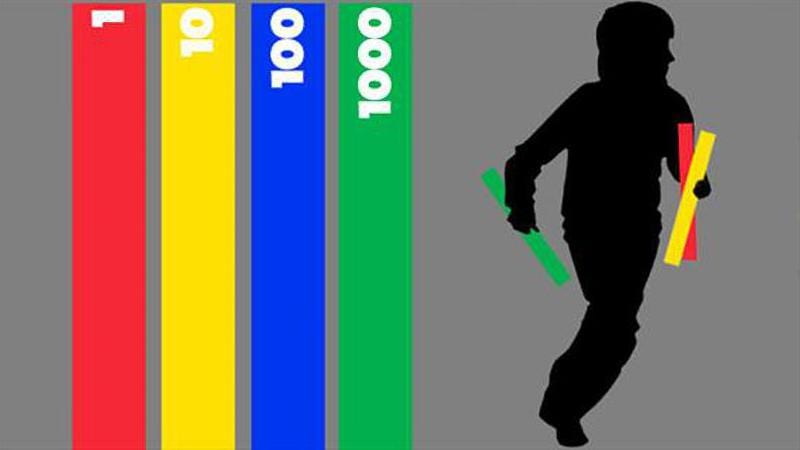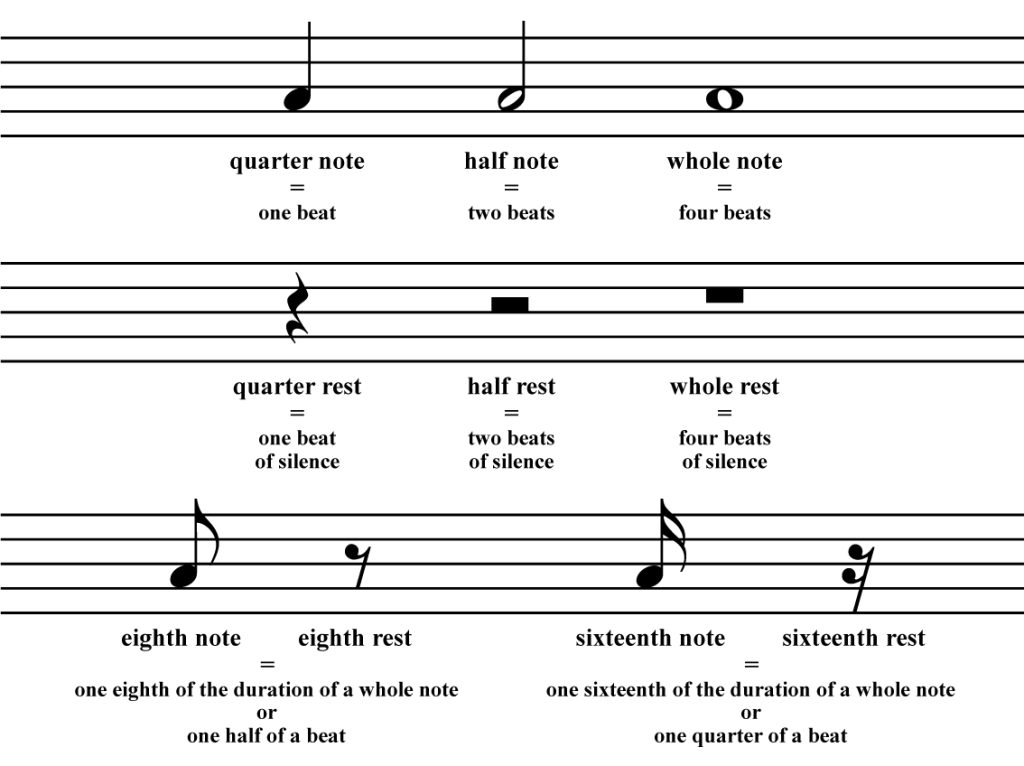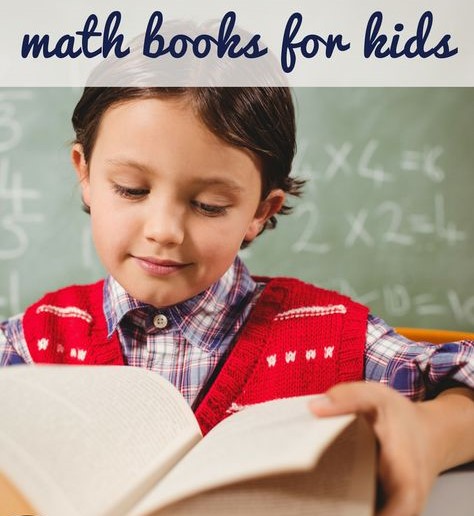Introduction
Capture the Flag is a popular outdoor game that kids love to play. The classic game involves two teams trying to capture each other’s flags and bring them back to their base. It’s a great way for children to burn off energy, build teamwork skills, and have fun outdoors. Now, imagine adding an educational twist to this classic game by incorporating place value concepts. This innovative idea will not only engage kids with physical activity but also teach them essential math skills in an enjoyable and exciting way.
How the Game Works
In this twist on Capture the Flag, teams will learn about place value as they strategize their moves to capture each other’s flag. The revised gameplay is as follows:
1. Set up the game area with two bases and place a flag in each of them. Divide the participants into two teams.
2. Assign a specific place value position to each team member, such as ones, tens, hundreds, and so on.
3. When a player tries to steal the opponent’s flag, they must correctly answer a place value question asked by their opponent before proceeding.
4. If they answer correctly, they can continue moving towards their base with the stolen flag; if they answer incorrectly, they are out of the game or return to their base.
5. The difficulty of questions can be adjusted according to the age group or skill level of players.
6. Each team works together using communication and cooperation skills to create strategies for capturing their opponent’s flag while protecting their own.
Benefits of This Twist on Capture the Flag
Teaching kids about place value through this interactive and engaging outdoor game has multiple benefits:
1. It promotes physical exercise – Running around, making strategic moves, and attempting to capture the flag encourage children to participate in physical activities that contribute positively to their overall health.
2. It fosters teamwork – Kids learn to work together, plan strategies, and communicate effectively with their teammates to succeed in the game.
3. It teaches math skills – By incorporating place value questions, children improve their understanding of essential math concepts outside a traditional classroom setting.
4. It encourages problem-solving skills – As players collaborate and strategize, they strengthen their critical thinking abilities and develop essential problem-solving skills.
5. It combines learning and fun – Kids have a great time while learning essential math skills, turning an otherwise abstract concept into a tangible and engaging experience.
Conclusion
This twist on Capture the Flag adds an educational element that helps kids learn about place value while enjoying the outdoor fun of the classic game. By combining physical activity, teamwork, and mathematical concepts, kids develop various skills that are both educational and enjoyable. So why not take advantage of the beautiful weather and try this exciting twist on Capture the Flag? Your kids will have a blast while gaining valuable knowledge.











